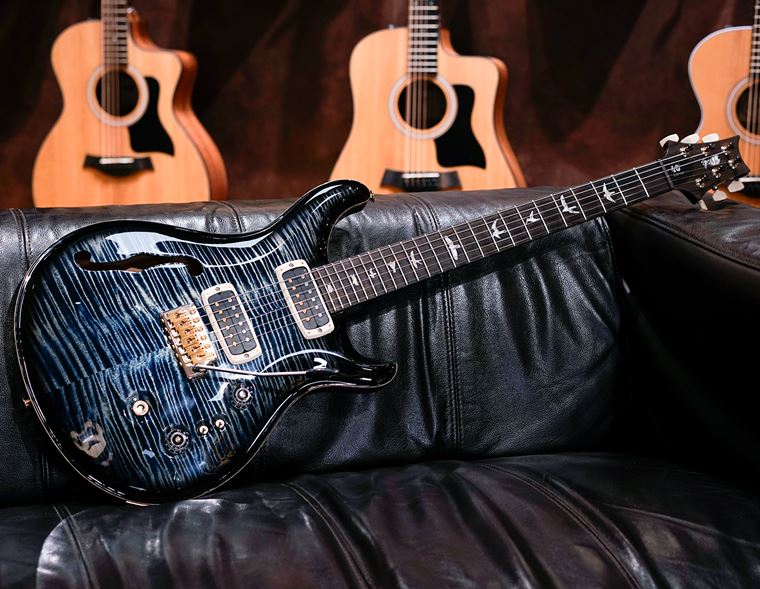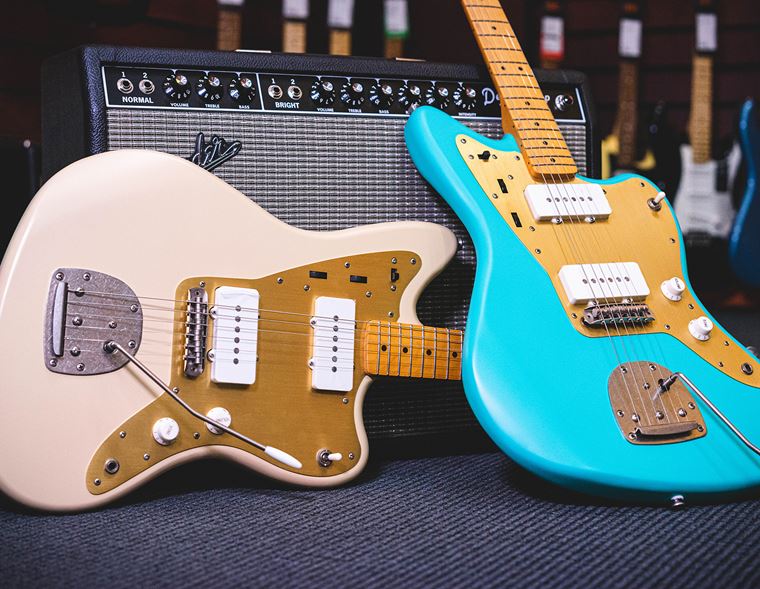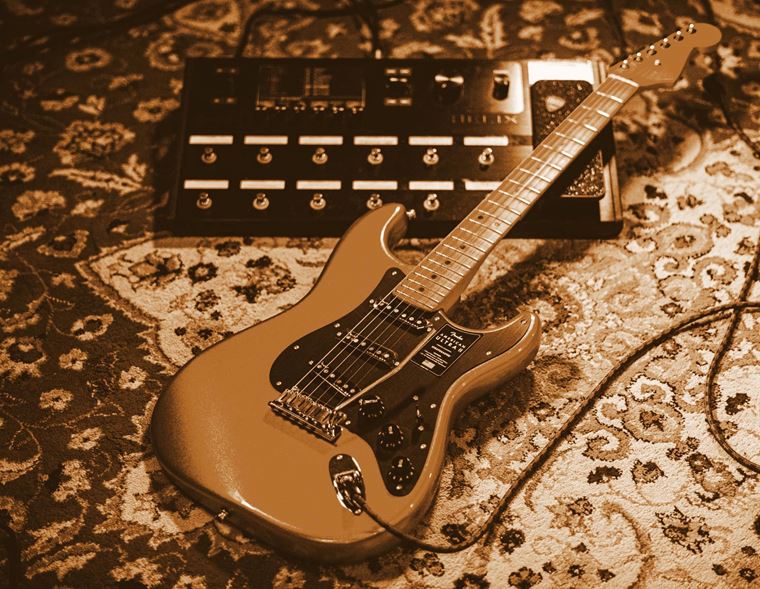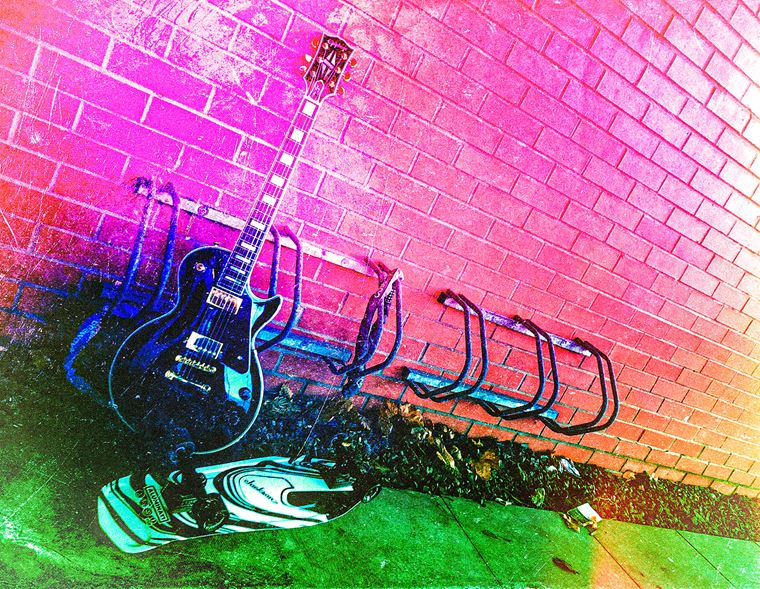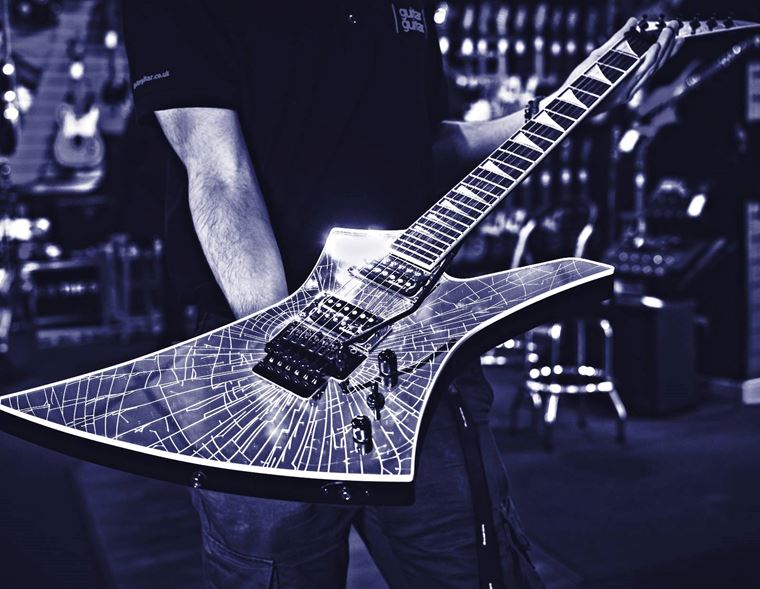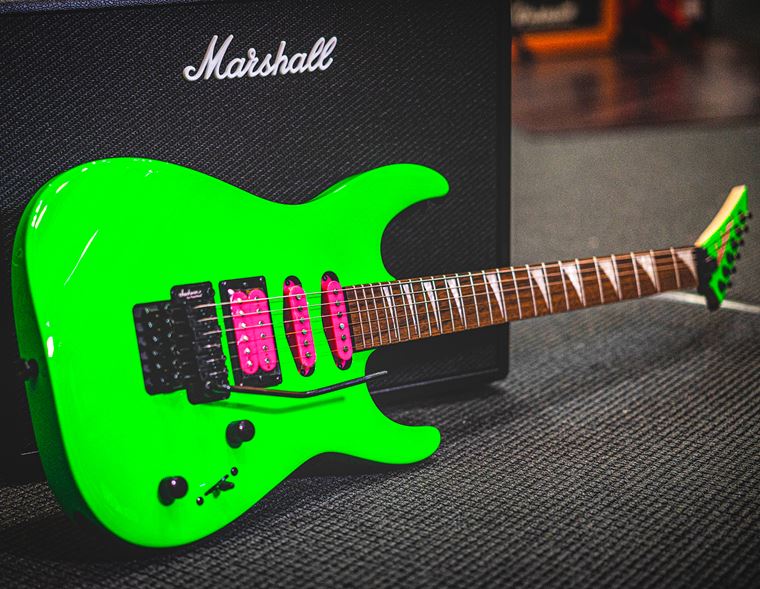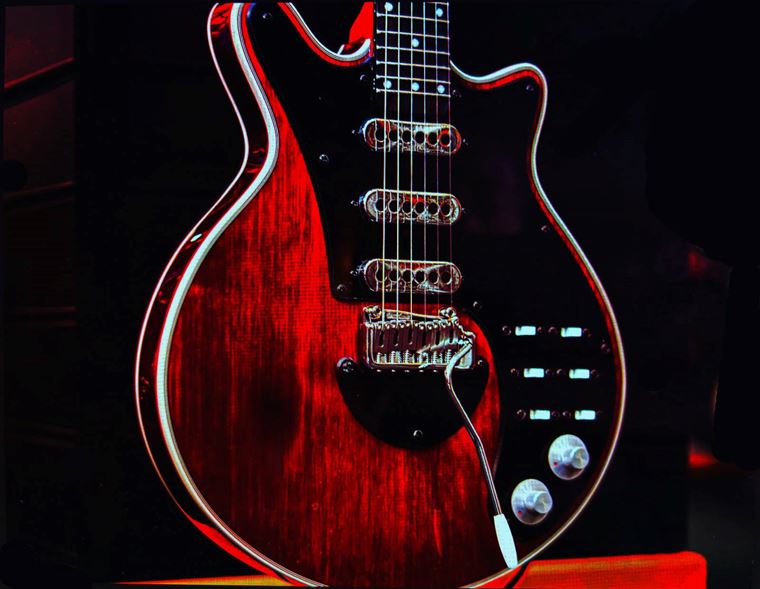What is a Synthesizer?
Published on 04 May 2023
What is a synthesizer? This is a question that inevitably gets asked by most musicians at some point. When is a keyboard a synthesizer and when is it not? How does a synthesizer make its sounds?
Today, we’ll look at all of these questions and hopefully answer them in a way that’s straightforward and easy to understand. Are you with us?
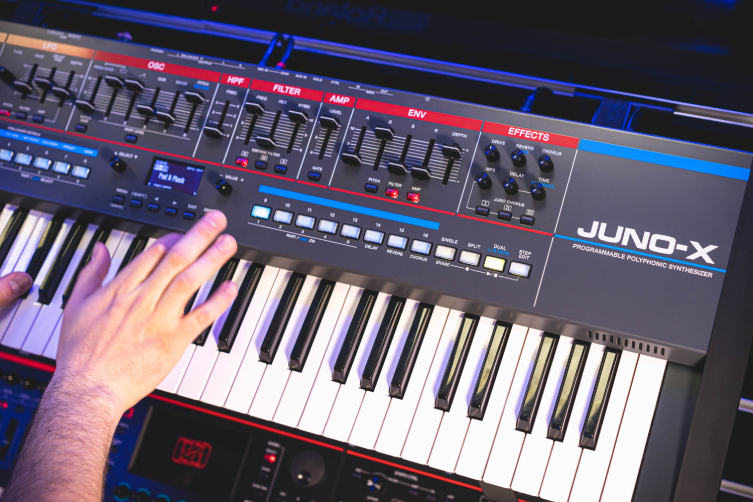
What is a Synthesizer?
Okay, first thing first: what even is a synthesizer? Put simply, a synthesizer - or synth, as we’ll often now refer to them since it’s quicker to type - is an electronic device that manipulates waveforms which typically (but not always) come from a circuit called a voltage controlled oscillator, or a VCO for short, in order to make musical sounds. Synths often resemble keyboards, but not always. Keyboards are the typical way in which musicians interact with synths, but not always! It can be a tricky concept to explain, but let’s stick with the idea that we are using electricity to make a waveform and then messing about with that waveform, okay?
So, oscillators. Remember your high school Physics class? An oscillator is a device which produces a continuous vibration, otherwise known as a waveform. This vibration can change its frequency according to the amount of voltage given to it, and that resulting frequency is of course known to us as a pitch or a musical note. The VCO creates waveforms that repeat their behaviour (their waves) in a controllable and predictable way. Things like sine waves, square waves and sawtooth waves are examples of these waveforms, and they don’t sound like much until they are manipulated via a series of processes and circuits which allow the user sculpt out a finished sound.
So, the VCO makes a waveform (you decide which type), and then it passes through some areas of the synth called amp and filter sections before heading to the output to be amplified via all the usual means.
This finished sound can resemble an existing instrument or it could be utterly unlike anything you’ve ever heard before in your entire life. Therein lies the attraction of ‘synthesis’, which is the process of taking these anonymous electrical signals (waveforms) and building incredible sounds from them. The process we are describing right now applies mainly to ‘subtractive synthesis’ but there are a number of other types of synthesis, so we’ll briefly dip into those a little later. But at its heart, that’s really all there is to a synthesizer.
That said, in practical terms, it could probably help to know a little more, so let’s look at some more details…
ADSR Envelope
The ADSR envelope is a term you’ll hear a lot from synth players, and it's one of the main things you’ll use to control and shape your sound. What is it? It’s a series of circuits, basically, that collectively control the most important elements of your sound. Once you create your waveform by selecting which type of wave you want and then pressing a note on your synth’s keyboard, it’ll give you a boring, flat sound that needs sculpting to be interesting sounding. This is where you start getting handy with the ADSR sections.
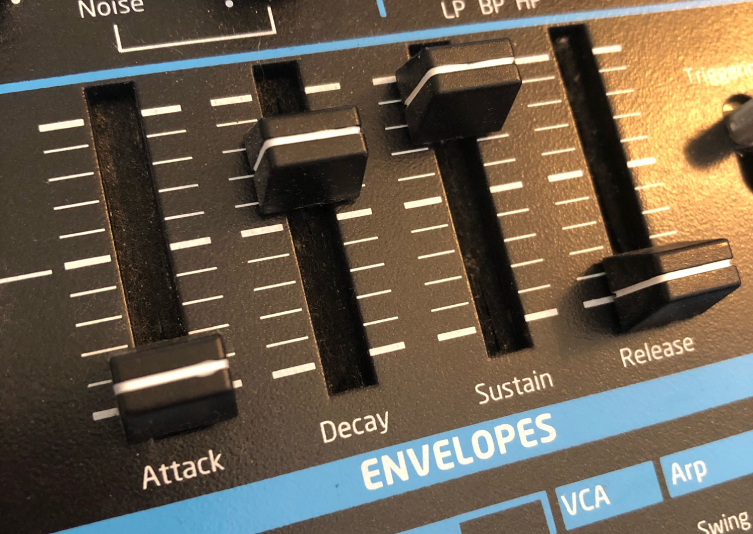
The ADSR parts of a synth can be found in a few places: the oscillator, the filter and the amp sections. For the amp section of the synth (the main ‘engine room’ after the oscillator, which as we know is where the sound has its genesis), the ADSR controls the different qualities of sound, such as attack, sustain and so on. We refer to ‘envelopes’ because they cover the entire signal (like an envelope covering a letter) and affect the full overall sound.
The filter ADSR concerns itself specifically with the behaviour of the filter, which we’ll get to in a little second. Before that Let’s make a little list of what every letter in ADSR stands for, where hopefully it’ll make more sense:
- A - Attack: This is how quickly and abruptly the sound begins. String and pad sounds, for example, have a slower attack. Drum or bell sounds, on the other hand, have very quick attacks.
- D - Decay: This part is concerned with how quickly the sound reaches its ‘sustain’ level, which would be the main body of the sound that comes after the initial attack. The attack part is often a little louder but that's a choice you make with how you set the controls.
- S -Sustain: This is basically a volume amount. It dictates how much signal is played whilst the key is held down.
- R - Release: This part determines what happens to the sound once your finger leaves the key, from stopping instantly to having a ‘tail’.
The Filter
Whilst the amp and its ADSR envelope manages the overall journey of the sound, it’s the filter section that brings the character, timbre and colour to the sound.
Filters often have their own set of ADSR controls, but the main attractions are generally another two: the cutoff and resonance controls.
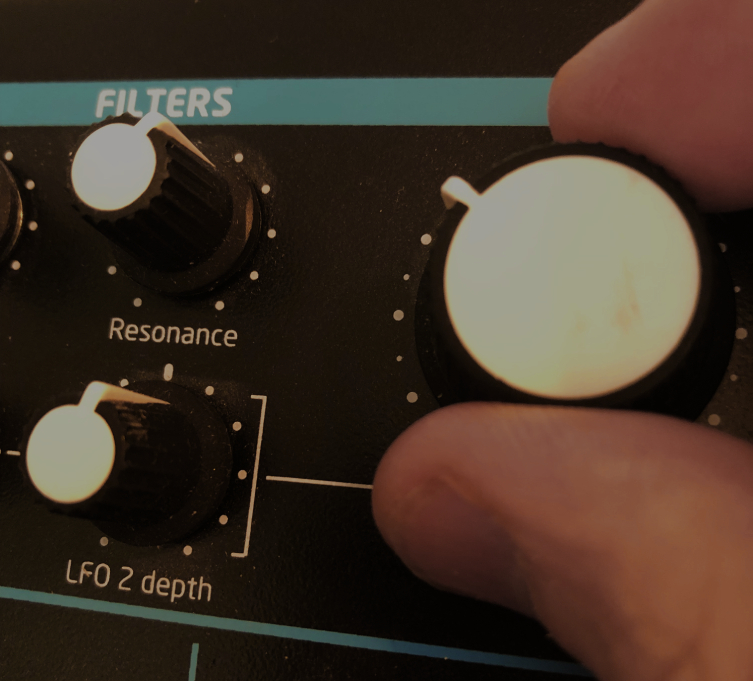
The Cutoff control allows or removes frequencies as you turn the knob, acting kind of like an exaggerated tone control (though it is not a tone control!). Guitarists often make similar sounds with a wah pedal, which in basic terms is a similar thing.
The Resonance control dictates how much of a filter’s resonant peak comes through in the sound. Turning the resonance knob ‘bumps’ whichever frequency is coming through from the cutoff setting, and makes it more pronounced. It makes you sound a little more dramatic, basically. Manipulating the cutoff and resonance controls give you a lot of control over the ‘movement’ of the sound, but there is another important element to consider too: the LFO…
The LFO
The LFO is the Low Frequency Oscillator. Working with (but autonomously from) the main VCO and amp sections, the LFO is a powerful tool that directly affects how the sound is heard. One easy way to think of the LFO is to consider that you might not hear it, but you’ll always hear what it does to your overall sound. One slightly less direct way of thinking about it - particularly for guitarists and bassists - is to consider that if your VCO waveform is your guitar note being played, then the LFO is an effects pedal. It’ll not sound on its own, but it will change how your note sounds.
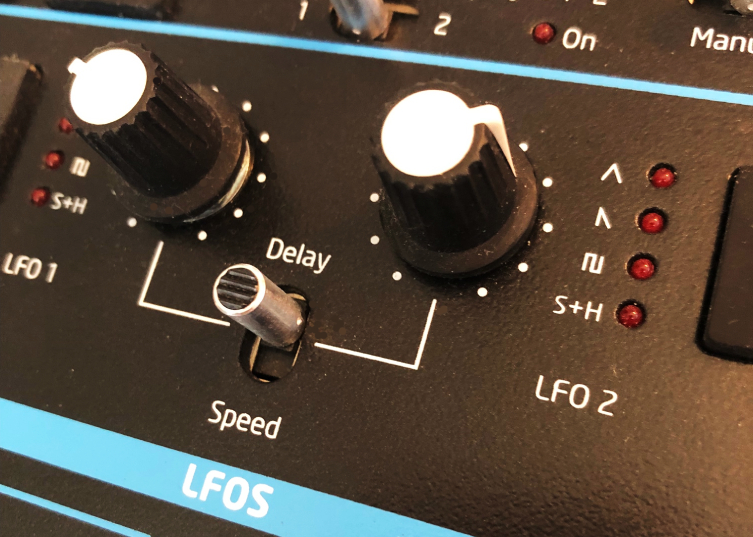
LFOs operate at a super low frequency - under 20 Hz - so it’s below what your ear is able to pick up. It is made of a waveform just like the main VCO signal, so it can be a sine wave, saw wave, square wave etc. The LFO is used to shape, manipulate and generally affect the signal coming through it, so it’s a very powerful tool to understand.
Types of Synthesis
When you look at a shop full of synthesizers, you’ll see all manner of designs, controls, screens and so on. Unlike guitars, which are to one extent or another pretty similar (at least in terms of how they operate and how sound is produced), synthesizers can actually vary quite wildly.
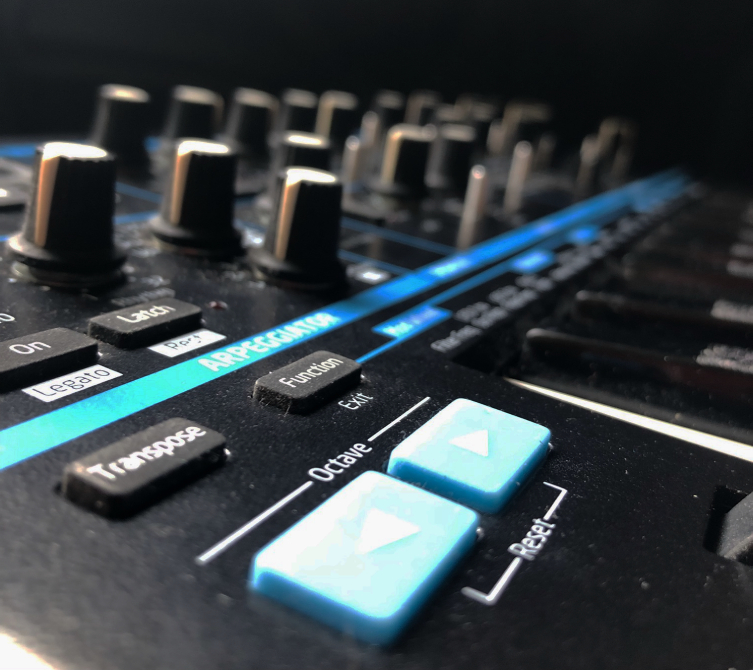
So far today we’ve focused on subtractive synthesis, because it’s probably the most widely used style/method of synthesis. When people talk about classic vintage synths like the Minimoog and so on, they are often referring to instruments that are analog, and that use subtractive synthesis, but there are many types out there! Here are a few of the more popular types:
Additive synthesis: your sound is built up by layering multiple sine waves (often called ‘partials’) which generate overtones and harmonic frequencies. These days, you’ll mostly find additive synths as plugins rather than hardware synths.
Frequency Modulation (FM): FM synths are able to make significantly different sounds to a subtractive synth, and works by modulating the carrier waveform with the frequencies of another sound. It’s somewhat similar to what an LFO does in subtractive synthesis, but with an audible second waveform, so the difference between the two is expressed as complex sounds that were previously impossible to make. Particularly good for ‘attack’ sounds like pianos, plucked sounds, mallets and bell tones, an obvious example of a famous FM synth is the Yamaha DX-7. It’s very ‘80s’, if you like.
Wavetable Synthesis: Wavetable synthesis is kind of like really specific sampling in a way. You have a collection of waveforms in all manner of shapes, peaks and troughs: these only cycle once (they don’t endlessly repeat like a natural frequency waveform would), so you create a wavetable out of them. A wavetable is a collection of different waveforms arranged in any particular order you decide upon, and then you loop that overall collection. When you press a key, the sound moves through the wavetable, smoothly adapting sonically as it travels from wave to wave. It’s pretty awesome. Check out the Waldorf Microwave and the PPG Wave for famous wavetable synths, and Native Instruments’ Massive for a plugin that can do wavetable synthesis well! (Note: Massive’s user functionality is designed to work like a subtractive synth, but it’s very much not one).
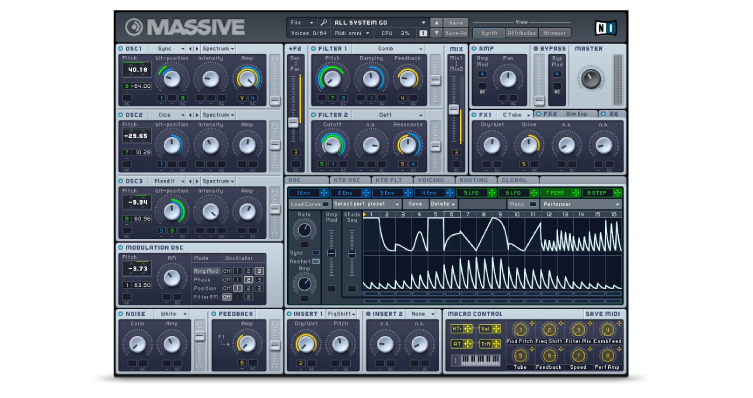
Granular Synthesis: This is a relatively modern digital form of sound creation, and uses the concept of microsound, which means taking a sample and chopping it up into thousands of tiny sonic ‘grains’, which are generally 1-100 ms long. These grains can be layers, played at different speeds and otherwise manipulated. Granular synths tend to be either software or modular units, so you won’t really see any as complete keyboard devices.
Vector Synthesis: Vector synthesis gets its distinct sound from using (normally) 4 separate frequencies and crossfading between them with a joystick. The style was invented and pioneered by Sequential Circuits with their famous Prophet VS synth, which also took advantage of wavetable synthesis for the four constituent sounds.
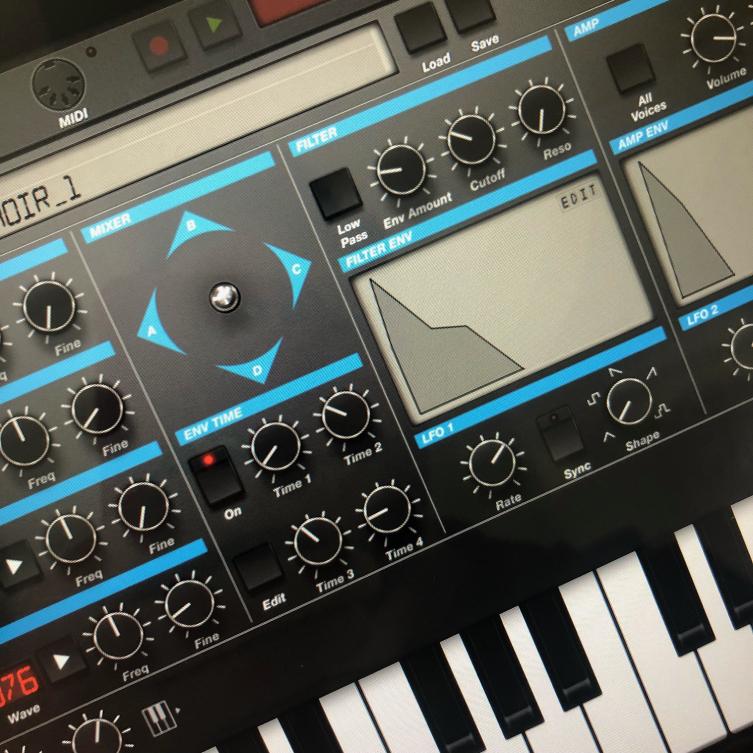
Is a Keyboard a Synth?
So, that is how most popular types of synthesizer go about their business, but what of the objects themselves? When is a keyboard a synth? Why do some synths not even have keys like a piano? Let’s answer these burning questions…
So, your entry level beginner keyboards that you played on at school and may have had in the house are not synthesizers, per se. They are keyboard instruments that have gathered together a bunch of sounds created either on a computer or a synth somewhere, distilled into a relatively basic sample, and loaded into the instrument as banks of preset sounds like ‘Bass’, ‘Strings’ ‘Electric Piano’ and so on. You don’t really do much with the sounds other than play them, but for what they are designed to do (give you lots of ‘instruments’ to play with) they are great.
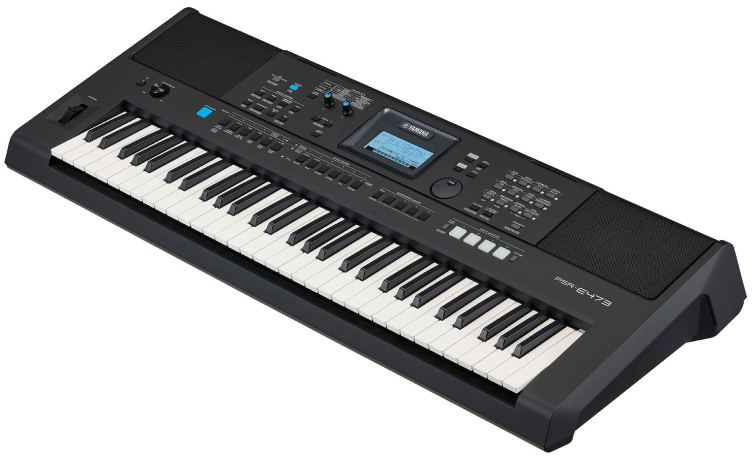
Synthesizers often look like keyboards with lots of control knobs on them. You do play them like a piano (the notes will make the same expected pitches) but the sounds will be determined by all of the factors we’ve looked at today. The knobs allow for real-time control, which is a big differential from those beginner-type keyboards in terms of operation.
Now, those same synths will often be offered without the keyboard part. Why? Well, some people like to connect a few of these together and control them all with one master keyboard. This is why you’ll often see pros with a large rack full of boxes with blinking lights behind them. It’s a combination of their favourite synths in ‘rack form’, all controlled centrally by the player. That said, some pros also prefer to have the individual synths surrounding them so that they have multiple keyboards to reach out and play, so there are options!
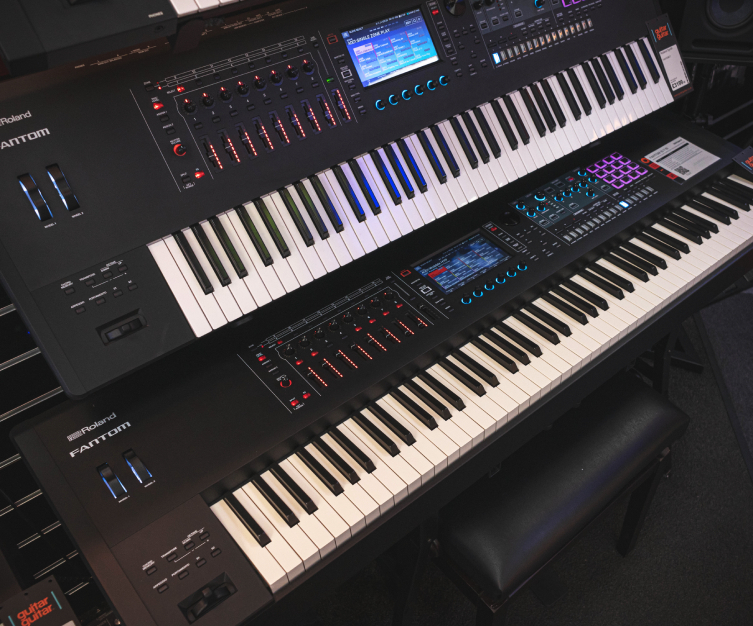
Companies like Roland and Yamaha make some keyboards that are known as workstations. These incorporate multiple types of technology, including sampling and synthesis along with sequencing programs and so on, all into a keyboard chassis with a nice big LCD screen. These types of keyboards are able to have realistically sampled libraries of pianos and orchestral sounds, alongside fully programmable synth sections, as well as having built-in effects to apply to the sounds. They are generally always fully digital, in order to fully incorporate all of these strands of sound adequately.
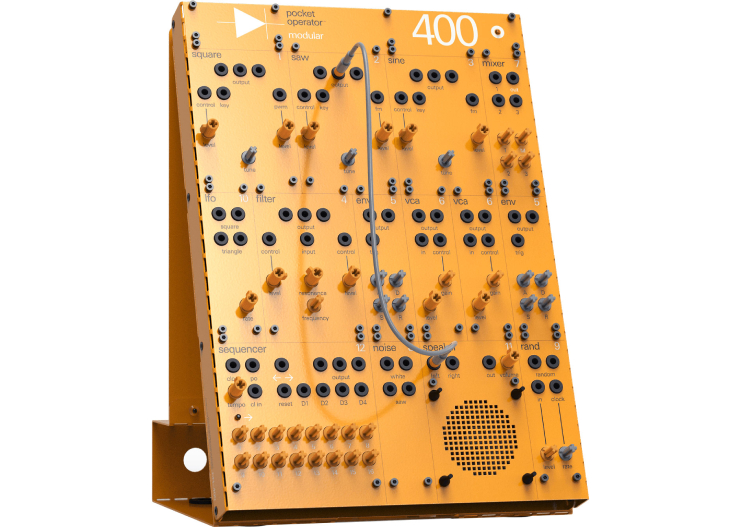
Modular synths exist, and they look like individual metal boxes with inputs, outputs and control on them. Modular synth players buy the modules they like, build a large synth out of these parts, and then (usually) control them with a controller keyboard. See those robotic walls you see the likes of Massive Attack and Hans Zimmer using? Modular synths.
So, if you see a keyboard in a studio or on a stage, it may well be either a synthesizer, a digital piano, a workstation, a modular synth or some amalgamation of the above!
The Joy of Synth
The world of synthesizers is a deep and sometimes complex one, but it’s important to remember that you can achieve excellent results with only a little bit of knowledge and understanding under your belt. Being an expert is perhaps something less sought and more reached by the inevitable byproduct of just being interested in the sounds themselves. The more you seek, the more you’ll discover, and so the cycle repeats and continues!
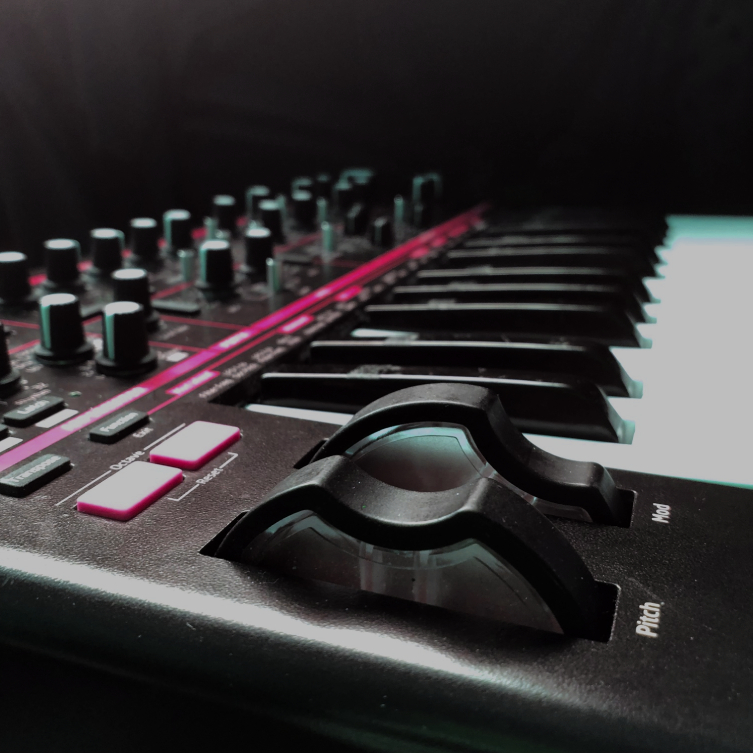
There’s a whole universe of sound out there just waiting to be discovered and used in new music. Make the voyage and see what magnificent sonic vistas you can conjure for yourself!




